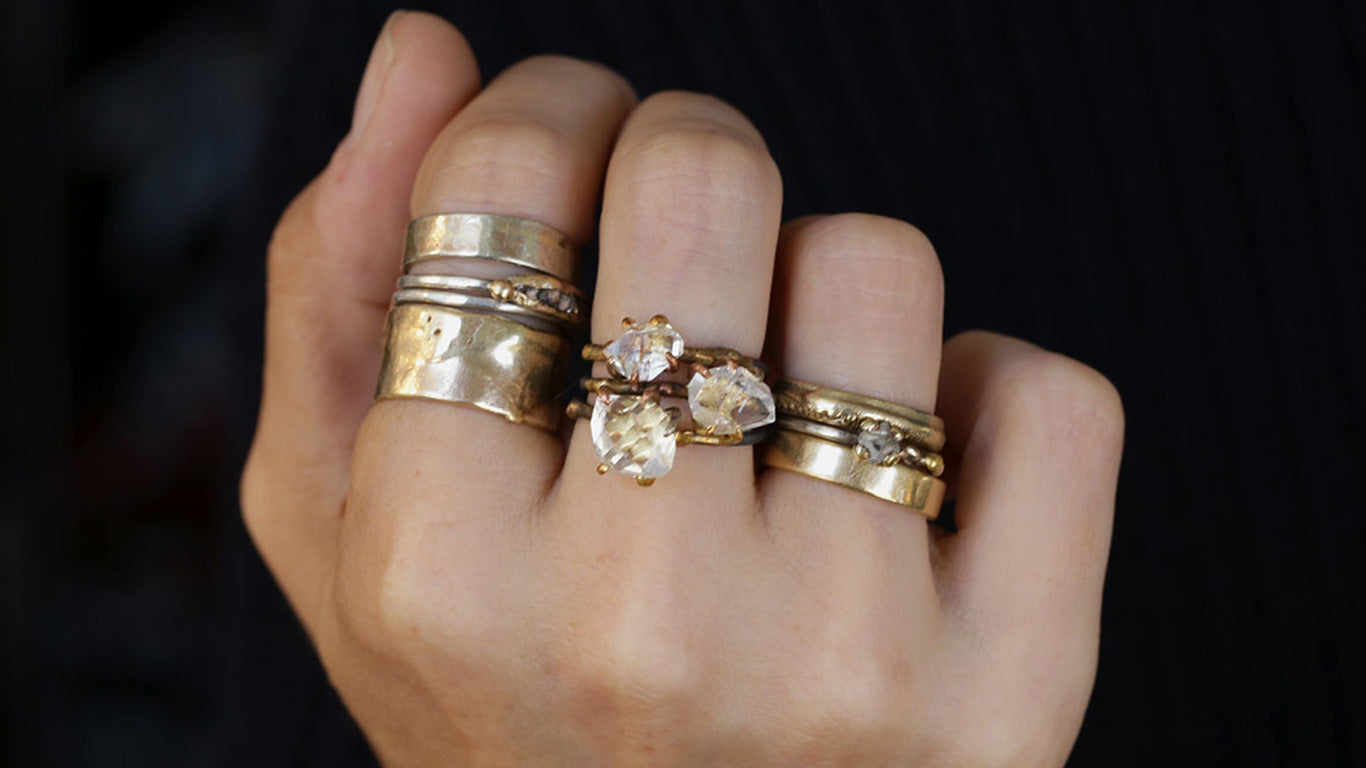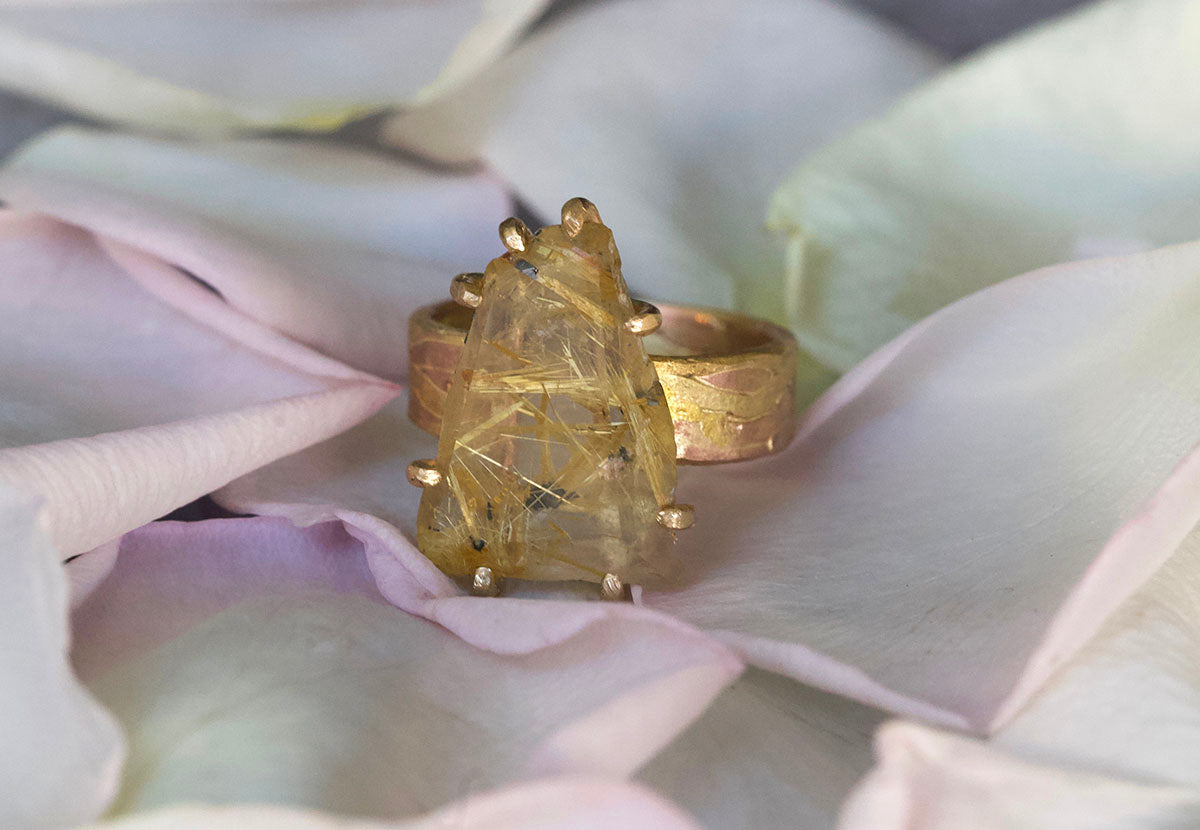Indigenous peoples of the Mohawk Valley are known to have used Herkimer Quartz for spiritual and ceremonial purposes. The gemstone was considered sacred and was believed to have the power to connect with the spirit world. The Mohawk and Oneida tribes used the gemstone in a variety of ways, including as a tool for divination and as a symbol of status.
Colonial settlers discovered the gemstone in the late 18th century and began to use it for a variety of purposes, including as their currency which meant the gemstone quickly became a symbol of wealth and status in the region. Herkimer Quartz was also used in the construction of buildings and other structures, thanks to its durability and beauty. The Mohawk Valley region remains an important source of Herkimer Quartz, and visitors to the area can still find the gemstone in its natural form.
Popularity in the 18th and 19th Centuries
During the 18th and 19th centuries, the allure of Herkimer quartz skyrocketed. The precious stones, with their diamond-like brilliance and double-terminated points, became fashionable accessories among the social elites. Their value transcended beyond their physical beauty; people believed in their potent spiritual and healing properties. The distinctive structure and clarity of Herkimer quartz crystals were perceived to be symbols of purity, enhancing their appeal.
Artisans would carefully fashion the crystals into sophisticated pieces of jewelry, which quickly became coveted items. As industrialization swept across the world, the demand for these unique gemstones grew, both for their aesthetic appeal and their alleged metaphysical properties. The popularity of Herkimer quartz during these centuries marked a significant period in the history of quartz jewelry.
The Role of Herkimer Quartz in the Art Deco Movement
The Art Deco movement of the 1920s and 1930s was characterized by its bold, geometric designs and use of luxury materials, including Herkimer Quartz. The gemstone's clarity and unique shape made it a perfect fit for the Art Deco style, which emphasized sharp lines and clean, minimalist design.
Herkimer Quartz jewelry was particularly popular during this period because it was versatile enough to be used in a variety of designs. It could be cut into a variety of shapes, including squares, triangles, and rectangles, and could be set in a range of metals and other materials. This versatility allowed designers to create pieces that were both elegant and unique, and helped to cement the popularity of Herkimer Quartz jewelry during this time.
Natural Double Terminations & Inclusions
The natural double ending of Herkimer Quartz is one of its most distinguishing characteristics. As a result, the gemstone features two naturally occurring pointed ends that were created throughout the crystallization process. The gemstone can be used in a wide range of jewelry designs, including as pendants, earrings, and rings, thanks to its double ending.
Each piece of Herkimer Quartz is unique and aloso has its own inclusions and variations. These inclusions and variations can occur naturally during the crystal growth process, giving each piece its own character and charm. Some Herkimer Quartz gemstones have inclusions that give them a smoky or cloudy appearance while others have small flecks of minerals or other types of inclusions. These variations add to the gemstone's natural beauty and make each piece one-of-a-kind.
The Lasting Legacy of Herkimer Quartz Jewelry
For centuries, Herkimer Quartz has been a symbol of glamour and beauty. Its unique characteristics and natural beauty have captured the hearts of people around the world, inspiring jewelry designers and wearers alike. As the legacy of Herkimer Quartz jewelry continues to live on, it remains an ultimate statement of timeless beauty and elegance.











